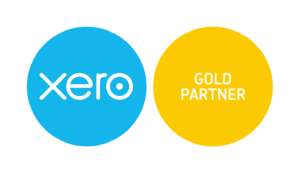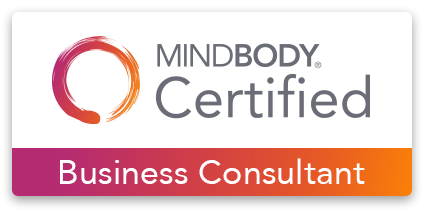I have two books on my shelf that every business owner should read:
E-Myth Revisited by Michael Gerber
Built to Sell by John Warrillow
Both have a very similar message – even if you never have any intention of selling your business, you have to build it as if that’s your end goal.
That means putting in the systems and processes to allow your business to operate and thrive, with or without you. You may love working in the business, and that’s fine. You started your fitness studio because you have a passion for training people. You opened your bakery because you love making cakes. You launched your design firm because you love being creative. But if you’re the one doing all the work, you have only created a job for yourself.
And that isn’t the same as starting a business.
What’s the Difference?
As a business owner, it’s your job to:
1. Figure out the strategy and direction of the business
This means asking and answering some basic questions. What is your product or service? Who is your customer? How are you going to deliver your product/service to your customer? And how much are you going to charge?
Defining what makes you different than everyone else – why someone should buy from you and not your competition – will always be the responsibility of the person in charge.
2. Put the systems and processes in place to execute the strategy
This includes hiring the right people to help you. Right now, you might be wearing all the hats (sales, admin, customer service, marketing, etc.). That can help you determine which systems and processes your business requires. But eventually, you’ll need to start delegating these tasks to people better suited to the roles.
Where Do You Start?
First, define your unique value proposition and your ideal customer. What is it and who are they?
There’s a lot more to strategy than answering those two questions, but without these answers, you’re flying blind. For help with this, I recommend reading Business Model Generation by Alexander Osterwalder and Yves Pigneur (more homework!).
Next, create an ideal organization chart for your business. If you know what you are selling and who you are selling to, you should have an idea of all the roles it will take to deliver. There’s no ‘standard’ org chart – industries and companies all differ. But at the very least, you need to consider three key areas of your business: sales, operations, and finance.
- Who is going to bring the customers in the door?
- Who is going to deliver the product or service?
- Who is going to make sure you’re actually making money?
Remember, this shouldn’t be a current org chart. This should be an ideal org chart, based on your vision for the business.
Once the org chart is complete, add the names of the people who are currently holding each position. This process might seem silly at first, and you might find yourself putting your own name in each box. But that’s the point.
Don’t forget to add a box to the top of the chart – the person responsible for keeping the whole organization together.
What Next?
Now it’s time to start getting your name out of some of those boxes.
You might start with one of the tasks that you find is an area of weakness. You love creating new products, but you hate doing the books. You’re great at dealing with current customers, but you’re terrible at selling. If that’s the case, then you should focus on outsourcing that task to a professional.
But here’s where it gets a little tricky. Finding good talent is tough. Don’t fall into the trap of picking your cheapest option – you need to hire someone who has proven that they know what they are doing. If you’re already bad at selling, what can you teach an inexperienced salesperson? Not a lot. You need an experienced person who can take the job and run with it. Someone who will make that position their own and allow you the breathing space to focus on the bigger picture.
On the flip side, if you really enjoy a particular task (and you’re good at it) don’t dismiss it as something you should keep doing yourself forever. Build a process of how you get things done, and then hire someone to follow your process. This is where a more entry-level employee can help.
Once you get all the systems running as they should, if you still want to work in the business from time-to-time, well that’s fine. Pay yourself a salary like any other employee and do what you love! But your business shouldn’t shut down because you aren’t there to bake the cakes.









